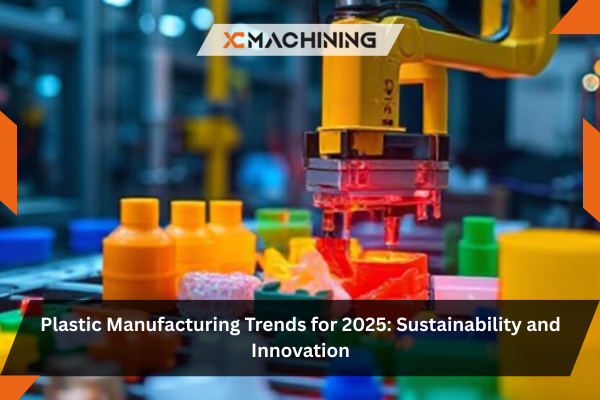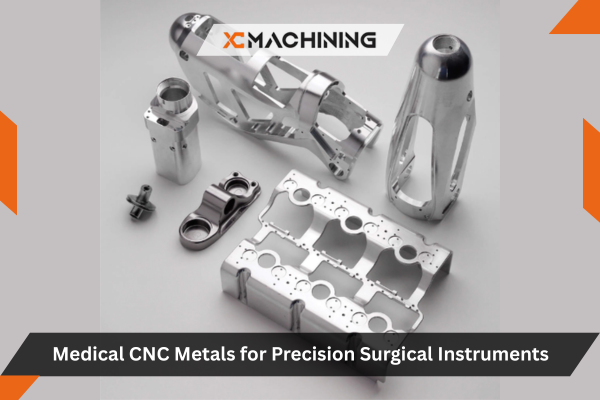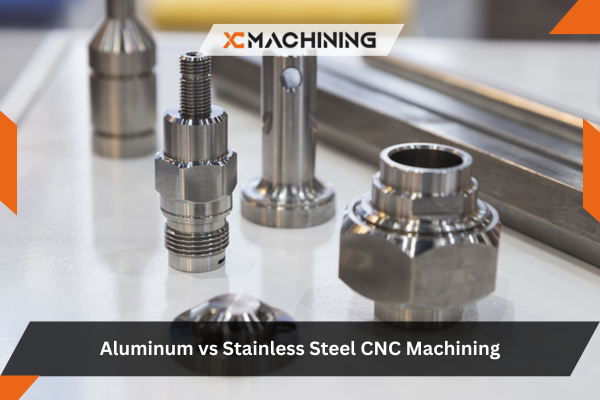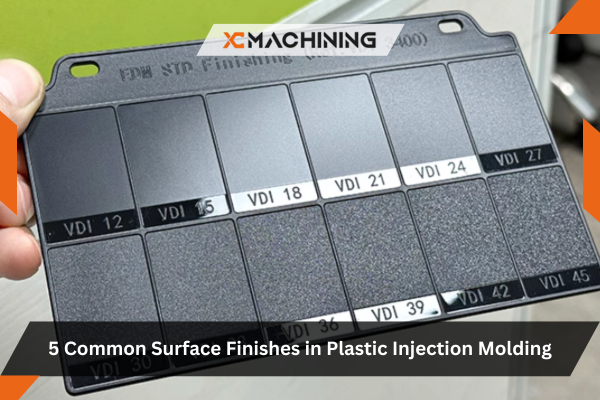Are you seeing more talk about biodegradable plastics and recycled materials but unsure how they’ll impact your production line? Perhaps you’ve heard about new technologies cutting plastic waste or using renewable resources in packaging. If you rely on plastic manufacturing for your products, staying ahead of these trends could make or break your business.
In this article, we’ll explore the top plastic manufacturing trends for 2025, focusing on new materials, automation breakthroughs, and eco-friendly strategies. By the end, you’ll understand which innovations might reshape your operations and how to prepare for these industry shifts.
Trends in Plastic Manufacturing
Plastic production is transforming under pressure from consumers, regulations, and environmental realities. Sustainable resins, automated factories, and advanced recycling systems top the agenda. As markets evolve, fresh ideas like bio-based polymers, digital twins, and AI-driven optimization emerge. Embracing them ensures you stay competitive in an ever-changing plastic manufacturing landscape. (50 words)
Bioplastics Are Rising
Bio-based plastics use renewable resources like corn or sugarcane. They cut dependence on fossil fuels. Manufacturers can mix them with recycled resins for sturdier products. Although costs remain higher than conventional plastics, consumer demand and eco-regulations spark rapid prototyping adoption.
Circular Economy Focus
Traditional plastic disposal is out. Businesses now chase closed-loop systems. This means designing products for easy recycling and using reprocessed materials. Such loops reduce virgin resin usage, slash CO2 emissions, and answer growing calls for sustainable packaging or parts.
Digital Tools For Efficiency
Software-driven simulations and sensors streamline production. Real-time monitoring flags quality deviations early. AI algorithms predict machine wear before breakdowns happen. The net result: less downtime, optimal material usage, and faster turnaround times—crucial in a fast-moving global market.
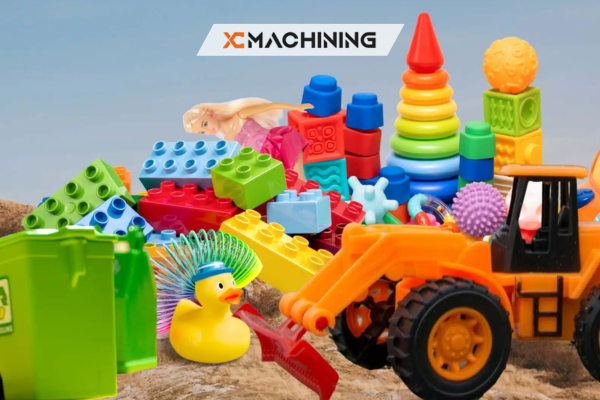
Embracing Sustainable Feedstocks
Plastic injection mold depends on raw materials. Lately, more companies have been exploring alternatives to fossil-based polymers. This shift isn’t just a fad; it’s driven by legislation and consumer preferences.
Bio-Based Plastics
Polylactic Acid (PLA) is a prime example, derived from cornstarch. It biodegrades under the right conditions, cutting landfill waste. Other bio-based types use everything from sugar beets to algae as feedstock.
Upcycled Ingredients
Some firms experiment with agricultural byproducts or ocean plastic extrusion machine. Upcycling fights pollution while tapping overlooked resources. This approach can reduce the carbon footprint of plastic manufacturing significantly.
Energy-Efficient Production Methods
Producing plastics can be energy-intensive. Fortunately, new machinery and processes help reduce electricity usage and greenhouse gas outputs.
Advanced Injection Molding Machines
Hybrid or electric injection molding presses consume less power b than older hydraulic types. They also offer tighter control over shot sizes and clamp forces, improving part consistency while lowering energy bills.
Reduced Heat Processing
Infrared pre-heating or induction systems speed up melt times. This shortens cycle durations, letting you produce more parts using less total energy. Over thousands of runs, the savings accumulate.
Automated Quality Control
Quality is everything in plastic manufacturing. Human inspectors can miss subtle defects. Automation ensures each batch meets tight specs.
In-Line Inspection
Camera arrays or laser scanners can monitor parts in real-time. The system flags any dimension or surface flaw, alerting operators or ejecting bad pieces. This approach shrinks reject rates significantly.
Data Analytics
Smart software aggregates sensor data across machines, identifying patterns that predict future faults. By catching trends, you prevent defective products from slipping through. It also pinpoints exact times or conditions causing small variations.
Lifecycle Analysis And Eco-Design
Designing with the product’s entire life in mind is a growing priority. Engineers weigh not just function but how easily a product recycles or breaks down at the end of life.
Recyclable Packaging
Consumer packaging is often single-use, yet new designs focus on easy recycling. Labels and adhesives were chosen for swift separation. Materials selected to match local recycling streams, ensuring minimal contamination.
Product Light-Weighting
Reducing the plastic manufacturing mass in each item cuts raw material usage and shipping weight. Less polymer also means faster production cycles. The trick is balancing structural integrity with lighter designs.
Quick Tip: Use advanced simulation tools (like finite element analysis) to optimize wall thickness without sacrificing performance.
Mechanical And Chemical Recycling
Turning used plastic back into feedstock is central to sustainability. Traditional mechanical recycling dominates, but chemical methods are gaining traction.
Mechanical Recycling
This is the standard regrind-and-melt approach. Plastic waste is shredded, cleaned, melted, and remolded. While effective for some resins, it may degrade polymer quality over multiple cycles.
Chemical Recycling
Processes like pyrolysis break plastic manufacturing into original monomers or fuels. The resulting monomers can form new, virgin-quality polymers. Though expensive, it holds the potential for mixed or contaminated streams.
Digital Twins And Virtual Prototyping
Creating physical prototypes is time-consuming. Digital twins let you simulate the entire manufacturing line, from raw materials to finishing, in a virtual environment.
Process Simulation
Software models plastic injection molding or extrusion parameters, predicting cycle times, shrinkage, and warpage. This cuts down on trial-and-error runs, saving resin and reducing production lead times.
Predictive Maintenance
A digital twin can mirror each machine’s status in real-time. It warns when components near failure, letting you schedule maintenance proactively. This approach lessens downtime, keeping plastic manufacturing lines efficient.
Growing Use Of 3D Printing
Additive manufacturing complements traditional methods. While injection molding reigns for mass production, 3D printing offers flexibility for low-volume, customized pieces.
Rapid Prototyping
Engineers can quickly validate form and function. For intricate geometries, 3D printing can make a prototype in hours instead of days. This speeds up product development cycles and fosters innovation.
Hybrid Production
Large runs might use standard molding, while specialized variants get 3D-printer part inserts or modifications. This mix helps meet niche demands without investing in new tooling every time.
AI-Driven Process Optimization
Artificial Intelligence (AI) tools are no longer futuristic fantasies. They’re real solutions for analyzing data to refine plastic manufacturing forming processes.

Parameter Tuning
Molding or aluminum extrusion involves many settings: temperature, pressure, cooling time, etc. AI systems sift through data, identifying the best combos for minimal defects and faster cycles.
Anomaly Detection
Machine-learning algorithms spot deviations from normal patterns. If a sensor detects unusual temperature spikes or pressure drops, the system flags it instantly. Operators can intervene early, avoiding large-scale scrap.
Table: Key Trends And Their Benefits
Below is a concise look at emerging trends shaping plastic manufacturing as we approach 2025:
| Trend | Primary Benefit | Challenges/Notes |
|---|---|---|
| Bio-Based & Recycled Polymers | Reduced carbon footprint | Higher cost, limited availability |
| Smart Factory Automation | Lower error rates, real-time QC | Requires upfront investment, staff training |
| Circular Economy Design | Cuts waste, brand eco-appeal | Design complexity, supply chain alignment |
| Digital Twins & AI | Optimized production, faster fixes | Data security, potential overreliance |
| 3D Printing Integration | Rapid iterations, customization | Material constraints are not always economical for large batches |
| Energy-Efficient Machines | Cost savings meet green targets | Initial capital outlay, technology learning curve |
Use this table as a quick reference when planning modernization strategies.
Global Regulations And Compliance
Environmental laws influence which plastic manufacturing you can use. Many regions enforce recycling quotas, single-use bans, or strict labeling requirements. Keeping track is critical.
EU Directives
Europe leads in packaging waste directives and extended producer responsibility. Manufacturers must ensure packaging meets recyclability guidelines or face fines. They also push for higher recycled content in certain products.
US And Beyond
Various states in the US propose plastic component bag bans or EPS foam restrictions. Asia, too, toughens legislation on waste imports. For a global supply chain, compliance isn’t optional—it’s essential.
E-commerce And On-Demand Production
Online shopping soared, demanding quicker turnaround for packaging and custom goods. Plastic manufacturing adapts to smaller batch sizes and agile production lines.
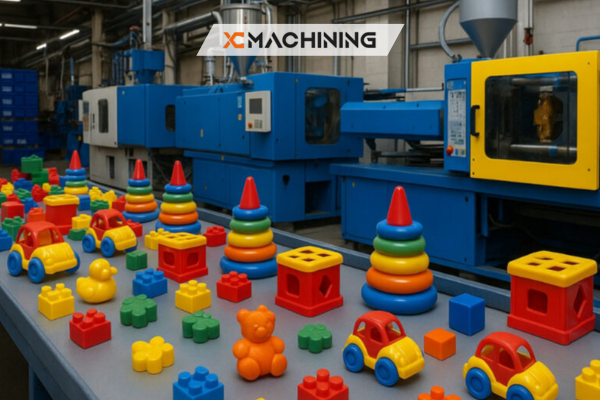
Just-In-Time Inventory
Rather than holding massive stocks, companies produce plastic fabrication parts as orders arrive. This cuts storage costs and reduces waste if demand shifts. Digital order tracking integrates with shop floor scheduling.
Web-To-Shop Floor Integration
Advanced ERP systems connect online sales data to production planning. If a surge in certain product colors or shapes appears, the line adjusts swiftly. This responsiveness keeps customers happy and reduces leftover stock.
Financial Incentives And Grants
Governments and institutions recognize the environmental toll of plastic manufacturing They often offer incentives to nudge manufacturers toward greener practices.
Tax Breaks For Green Investments
Many regions provide tax credits or reduced import duties on energy-efficient machinery. If you’re upgrading, investigate local or national programs that offset costs.
R&D Funding
Innovation in recycled content or advanced process controls can qualify for research grants. This fosters a culture of experimentation while sharing financial risks with public funds.
Monitoring Trends And Market Signals
Staying current is vital. Technology evolves quickly, and consumer tastes shift just as fast. Keep a pulse on emerging developments.
Watch Trade Shows And Conferences
Events like K Show or plastic manufacturing Recycling World attract innovators showcasing new resins or machinery. Attendance or virtual viewing can spark fresh ideas for your plant.
Conclusion
In 2025, plastic manufacturing stands at a crossroads. Sustainability goals, advanced automation, and evolving consumer demands shape the landscape. Manufacturers who embrace bio-based feedstocks, invest in energy-efficient machinery, and integrate digital tools will likely outpace those clinging to outdated methods.
By adopting these trends, you position your plant or product line for future success. You’ll cut waste, delight eco-conscious buyers, and remain competitive in a rapidly changing market. If you’re serious about staying on top in plastic manufacturing, now’s the time to explore new materials, refine processes, and align with the push for a circular economy.
FAQs
Is switching to bio-based plastics always more expensive?
Initially, yes. However, costs often drop as bio-based supply chains scale. Plus, you might offset expenses through better brand image or meeting eco-label criteria.
How do I ensure a stable supply of recycled resins?
Build strong relationships with recycling facilities and consider forward contracts or co-investment in recycling infrastructure to stabilize feedstock flows.
Can existing machines handle biodegradable plastics?
Many can, but check temperature and mold release requirements. Some biodegradable resins need specific conditions to maintain quality.

